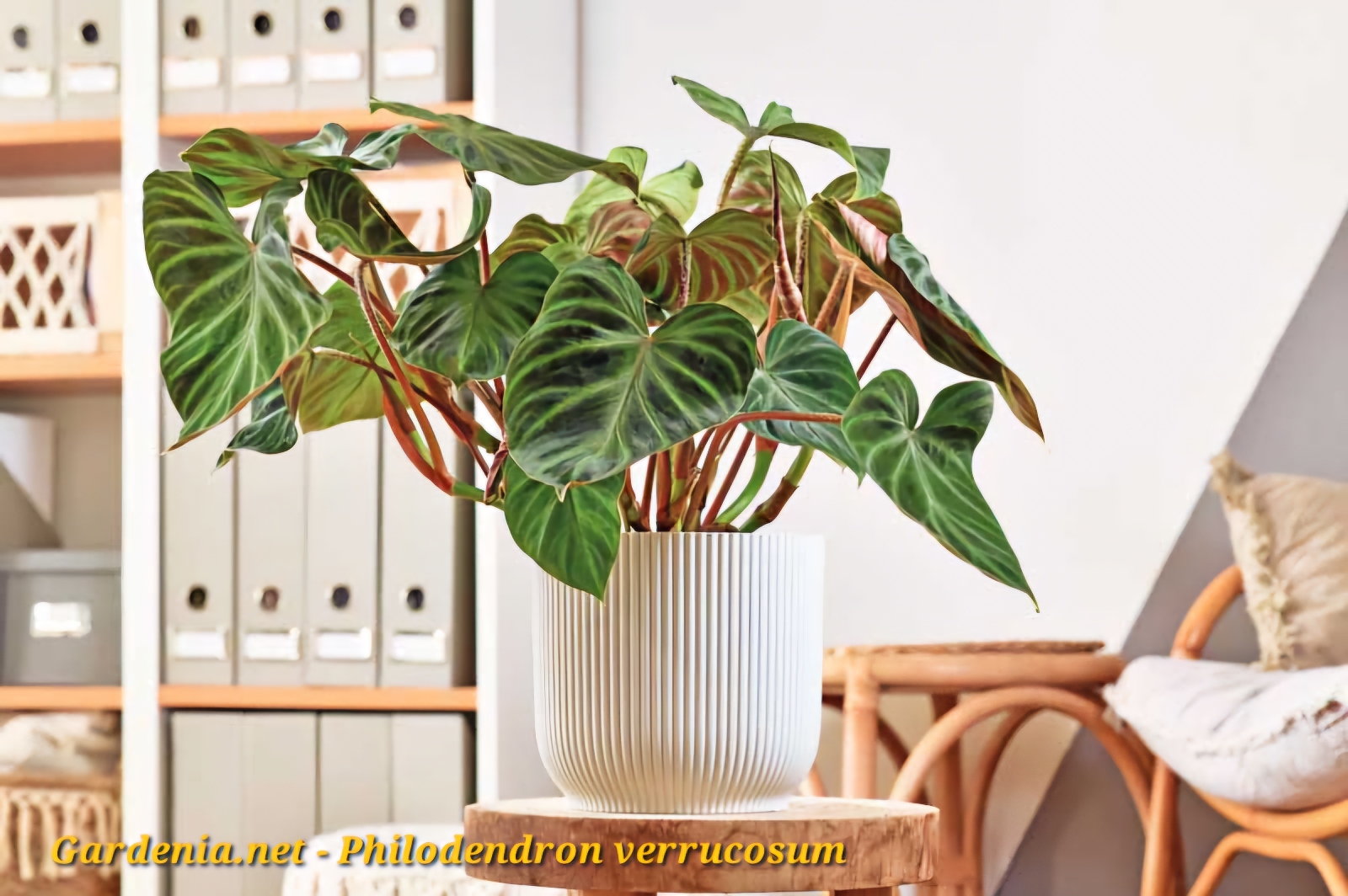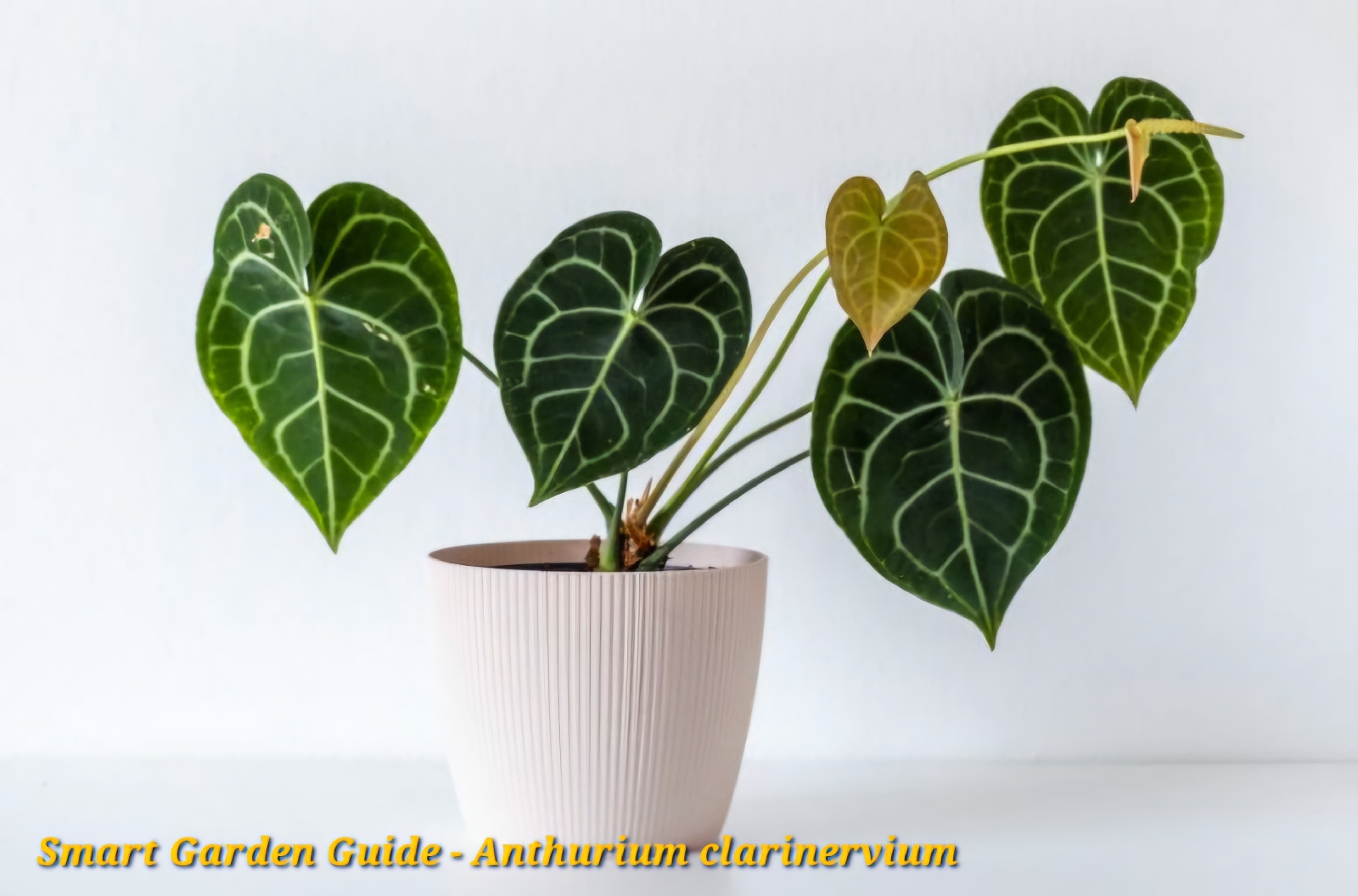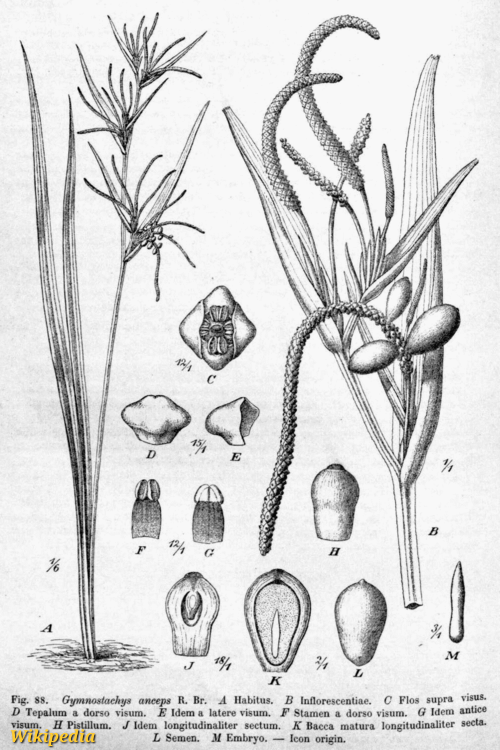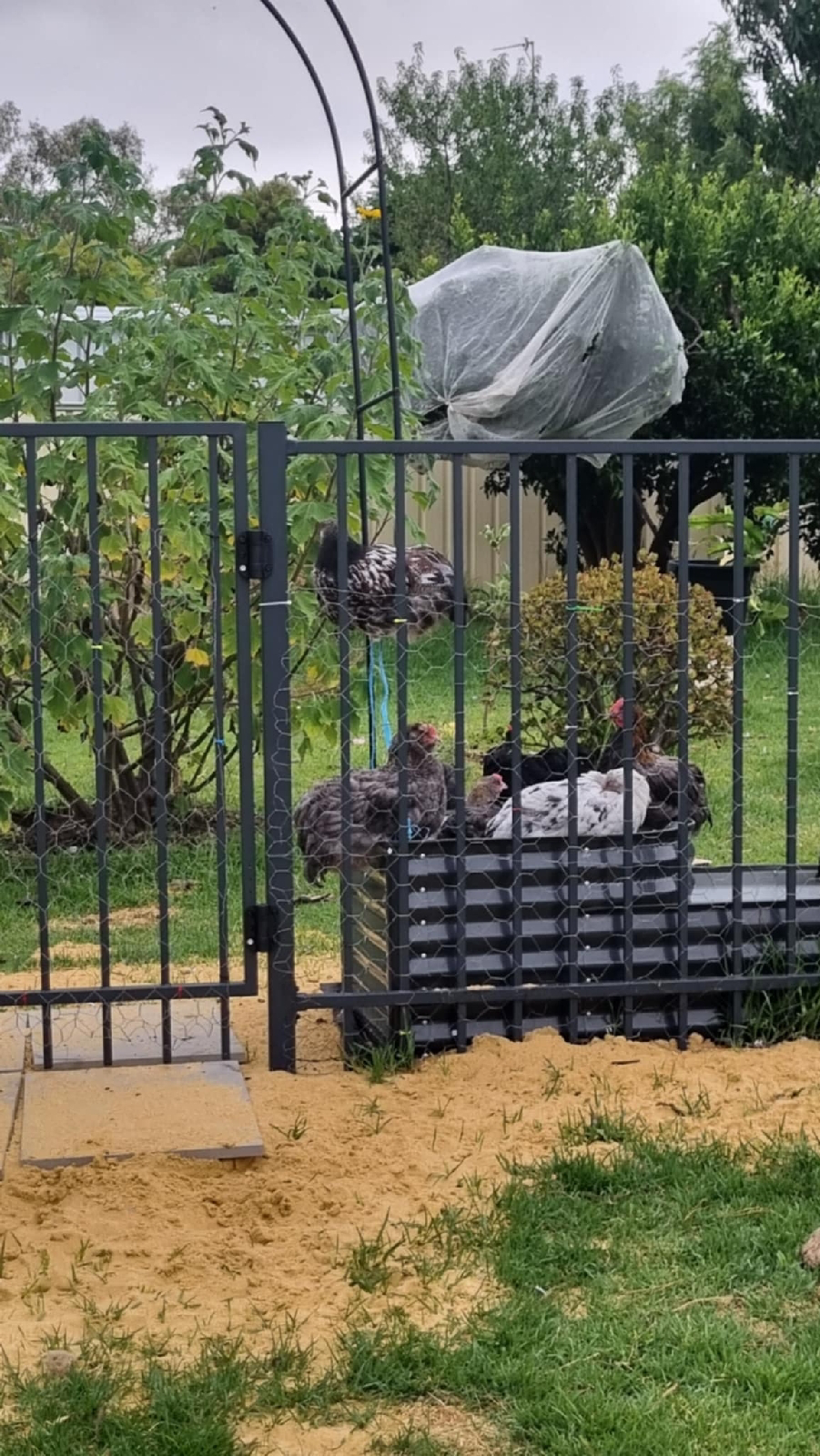The World Of Aroid Plants
The Cambridge Dictionary defines aroids as any plant within the arum family. But to us they are a huge part of our indoor plants collection, ranging from peace lilies to anthuriums and our giant monsteras. They are the Araceae family, containing around 4500 species, divided amongst 150 genera.
Aroids are monoecious - meaning they have both male and female reproductive parts. Whilst this is handy and ensures pollination, is does mean the gene pool can become less variable and minimize adaptations.
Other adaptations include having rhizomes or tubers in case the plant is damaged, some are poisonous, others edible, whilst some change the colour of their leaves as they grow.


We have one particular aroid that is endemic to only Australia, the Gymnostachys anceps, and is slightly different to your usual aroid. It has grass-like foliage! And just to continue to be different it has spathe-free inflorescence!
Aroids are commonly used as indoor plants because they have adapted and evolved to flourish in low light situations as in the natural habitats, the would dwell in the understory of dense forests. For this reason the often make great companions for rooms like toilets and bathrooms, plus many will thrive on the humidity produced by our steamy showers.
Most aroids typically have colourful and spiky flowers, these are made up of lots of tiny little flowers clustered together on a 'spadix'.
Note: "A spadix is a spike of minute flowers closely arranged round a fleshy axis and typically enclosed in a spathe"
Aroids are monoecious - meaning they have both male and female reproductive parts. Whilst this is handy and ensures pollination, is does mean the gene pool can become less variable and minimize adaptations.
Another key characteristic of aroids is their distinctive leaves, although these are exquisitely different and diverse from even each other.
They vary massively is textures, from waxy to leathery, and fuzzy to smooth. They can be anything from small and 'round' to humongous and largely perforated.
Aroids are commonly used as indoor and lowlight plants, but in their natural habitats, they are understory plants, twisting and sprawling up and over tree limbs and what ever else may be close by.
Due to them having long been swamp dwellers, aroids have developed some rather interesting adaptations to combat their surroundings. For example some are capable of generating their own heat, ensuring their root system stays warm and aids in the plants survival.
Many have also developed waxy roots or leaves, this ensures the plant doesn't absorb too much water and potentially rot and die. Whereas others have roots adapted for climbing, attaching to rocks etc, or in dryer areas, absorbing water rather than repelling.
They have developed spathes to protect their flowers and in some cases trap insects to increase and aid pollination. Scent is popular too., some smelling delightfully of rotting corpses to attract flies and such, again, ensuring pollination.
Texture plays a very important role for others, some developing hairy, warty or even darker colours to mimic dead animals attracting pollinators.
Due to them having long been swamp dwellers, aroids have developed some rather interesting adaptations to combat their surroundings. For example some are capable of generating their own heat, ensuring their root system stays warm and aids in the plants survival.
Many have also developed waxy roots or leaves, this ensures the plant doesn't absorb too much water and potentially rot and die. Whereas others have roots adapted for climbing, attaching to rocks etc, or in dryer areas, absorbing water rather than repelling.
They have developed spathes to protect their flowers and in some cases trap insects to increase and aid pollination. Scent is popular too., some smelling delightfully of rotting corpses to attract flies and such, again, ensuring pollination.
Texture plays a very important role for others, some developing hairy, warty or even darker colours to mimic dead animals attracting pollinators.
Other adaptations include having rhizomes or tubers in case the plant is damaged, some are poisonous, others edible, whilst some change the colour of their leaves as they grow.
Did you know that aroid plants have a long and rich history, there have been fossils found which date back to the Cretaceous period, it's even thought they may be amongst some of the very first flowering plants.


We have one particular aroid that is endemic to only Australia, the Gymnostachys anceps, and is slightly different to your usual aroid. It has grass-like foliage! And just to continue to be different it has spathe-free inflorescence!
One of the most impressive and largest flowers is brought to us by the Titan Arum, more commonly known as the Corpse Flower. This is an example of using the smell of rotting flesh to attract pollinators. This plant is classified as endangered thanks to the degradation of land and deforestation, but can be found on occasion, growing wild in rainforests of Sumatra.
Anthurium warocqueanum is one of the rarest species within the aroid family
Endemic to Columbia, this anthurium is highly uncommon in cultivation, making it quite the sought after piece for collectors.
Epiphytic plants are those that grow on another plant but is not parasitic upon thos plant or tree.
There is one, that is the 'King Anthurium', Anthurium veitchii. This Columbian anthurium is epiphytic, with leaves growing six to eight feet long!
The aroid world holds many fascinating specimens, and likely some that have yet to be discovered, it makes me wonder what is yet to come.

















Comments
Post a Comment